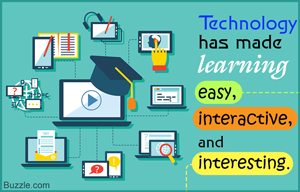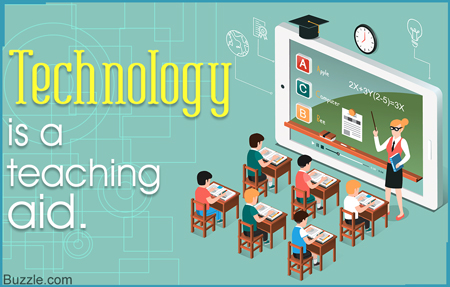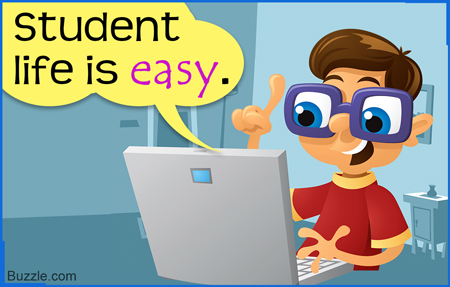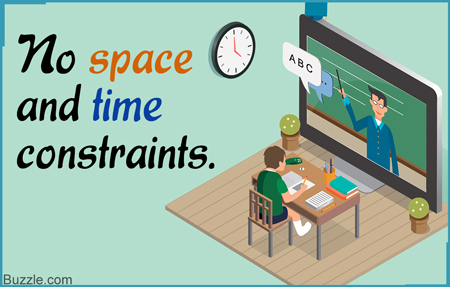
In today’s fast-paced digital world, technology has become an integral part of our daily lives. But have you ever stopped to think about how it’s changing the way we learn? From smart boards to virtual reality, technology is reshaping education in ways we might not even realize. In this guide, we’ll explore the surprising impacts of technology on education and what it means for students, teachers, and parents.
I. Introduction
The Digital Revolution in Education
Remember when the most high-tech thing in a classroom was an overhead projector? Those days are long gone. Now, students carry powerful computers in their pockets, and lessons can be delivered from anywhere in the world. Technology has transformed education, making it more accessible, engaging, and personalized than ever before.
Why This Matters
Whether you’re a student, teacher, or parent, understanding the impact of technology on education is crucial. It affects how we learn, teach, and prepare for the future. By the end of this article, you’ll have a clear picture of how technology is changing education and what it means for you.
For more insights on the importance of education in today’s world, check out our article on the real importance of education we seldom reflect on.
II. The Evolution of Classroom Technology
From Chalkboards to Smart Boards

The classroom of today looks very different from the one you might remember:
- Interactive Whiteboards: These touch-sensitive screens have replaced traditional blackboards, allowing teachers to display multimedia content and save lessons for later.
- Document Cameras: These have taken the place of overhead projectors, providing high-quality, real-time displays of documents and objects.
- Classroom Response Systems: “Clickers” and smartphone apps allow students to answer questions in real-time, giving teachers instant feedback on comprehension.
The Rise of Personal Devices in Education
More and more schools are adopting “Bring Your Own Device” (BYOD) policies or providing tablets and laptops to students. This shift has led to:
- More personalized learning experiences
- Increased student engagement
- Better preparation for a tech-driven workforce
However, it also raises concerns about screen time and equal access to technology. For more on balancing technology use, read our article on pros and cons of competition in schools.
Online Learning Platforms and Virtual Classrooms
Platforms like Google Classroom, Moodle, and Canvas have revolutionized how teachers assign work and how students submit it. Virtual classrooms allow for:
- Remote learning opportunities
- Flipped classroom models (where lectures are watched at home and practice is done in class)
- Enhanced collaboration between students and teachers
III. Positive Impacts of Technology on Education

Improved Access to Information
Gone are the days when students had to rely solely on textbooks and library resources. Now, with the internet, students have access to:
- Online encyclopedias and databases
- Educational videos and tutorials
- Expert opinions from around the world
This wealth of information allows for deeper, more comprehensive learning. However, it also requires students to develop strong digital literacy skills to evaluate sources critically.
Enhanced Student Engagement
Technology makes learning more interactive and fun:
- Educational games and simulations
- Multimedia presentations
- Virtual field trips
These tools can make even complex subjects more approachable and interesting. For ideas on encouraging interest in STEM subjects, check out our article on ways to encourage your child’s interest in STEM.
Personalized Learning Experiences
Technology allows for adaptive learning programs that adjust to each student’s needs:
- Customized practice problems
- Individualized pacing
- Targeted feedback
This personalization can help students learn more effectively and boost their confidence.
Better Collaboration and Communication

Technology breaks down barriers to communication:
- Group projects can be done online, even with students in different locations
- Students can easily share resources and ideas
- Teachers can provide feedback more quickly and effectively
Preparation for the Digital Workforce
In today’s job market, digital skills are essential. By integrating technology into education, we’re preparing students for:
- Jobs that require computer literacy
- Careers in tech fields
- A future where continuous learning and adaptation are crucial
For more on future career prospects, read our article on a list of different careers and jobs.
IV. Challenges and Concerns
Digital Divide and Equal Access
While technology offers many benefits, it also raises concerns about equity:
- Not all students have access to high-speed internet or personal devices at home
- Schools in low-income areas may struggle to provide up-to-date technology
- This disparity can create or widen achievement gaps
Screen Time and Health Concerns
With increased technology use comes worries about:
- Eye strain and vision problems
- Sedentary behavior and lack of physical activity
- Sleep disruption from blue light exposure
It’s important to balance technology use with offline activities and proper ergonomics.
Cybersecurity and Privacy Issues
As more educational activities move online, we need to be aware of:
- The need for strong data protection measures
- Teaching students about online safety and privacy
- Protecting students from cyberbullying and online predators
Balancing Technology Use with Traditional Learning Methods
While technology offers many benefits, it’s important not to overlook the value of:
- Face-to-face interactions
- Hands-on learning experiences
- Traditional reading and writing skills
The key is finding the right balance between digital and traditional learning methods.
V. The Future of Education Technology
Artificial Intelligence in Education
AI is poised to revolutionize education through:
- Intelligent tutoring systems that adapt to each student’s needs
- Automated grading for objective assessments
- Predictive analytics to identify at-risk students early
Virtual and Augmented Reality for Immersive Learning
Imagine taking a virtual tour of ancient Rome or exploring the human body from the inside. VR and AR technologies can make these experiences possible, bringing lessons to life in unprecedented ways.
Gamification and Educational Apps
Educational games and apps can make learning more engaging and motivating. They can:
- Provide instant feedback
- Offer rewards and achievements
- Make practice feel like play
Blockchain for Secure Credentialing
Blockchain technology could revolutionize how academic credentials are stored and verified, making it easier for students to share their achievements with employers or other institutions.
For more on technological advancements in education, check out our article on what exactly is an academic software.
VI. Tips for Effective Use of Technology in Education
For Teachers
- Start small and gradually incorporate new technologies
- Focus on pedagogical goals rather than the technology itself
- Provide clear guidelines for technology use in the classroom
- Stay updated on new educational technologies and best practices
For Students
- Use technology to supplement, not replace, traditional study methods
- Practice good digital citizenship and online safety
- Take breaks from screen time to avoid fatigue
- Use productivity apps to help manage assignments and deadlines
For Parents
- Monitor your child’s screen time and ensure a balance with offline activities
- Engage with your child about their online learning experiences
- Advocate for technology access and training at your child’s school
- Model responsible technology use at home
For more parenting tips, read our article on how parent volunteers can help in classroom activities.
VII. Case Studies: Success Stories of Technology in Education
Khan Academy: Democratizing Education
Khan Academy, a non-profit educational organization, provides free online courses, lessons, and practice exercises. It has helped millions of students worldwide access quality education, regardless of their location or financial situation.
Flipped Classrooms in Higher Education
Many universities have adopted the flipped classroom model, where students watch lectures at home and use class time for discussion and problem-solving. This approach has led to improved student engagement and better learning outcomes.
Virtual Reality in Medical Training
Medical schools are using VR simulations to train surgeons, allowing them to practice complex procedures in a risk-free environment. This technology is improving skill acquisition and patient safety.
VIII. Conclusion
The Ongoing Digital Revolution in Education
Technology has undoubtedly transformed education, offering new ways to learn, teach, and engage with information. While it presents challenges, the potential benefits are immense.
Embracing the Future of Learning
As we move forward, it’s crucial that we:
- Embrace the positive aspects of educational technology
- Address the challenges and concerns it raises
- Strive for equitable access to digital learning tools
- Continue to innovate and improve our educational systems
Your Role in the Tech-Education Revolution
Whether you’re a student, teacher, or parent, you play a crucial role in shaping how technology is used in education. Stay informed, be open to new tools and methods, and always keep the goal of better learning at the forefront.
For more insights on the future of education, check out our article on beliefs about the purpose of education you probably didn’t know.
IX. FAQs about Technology in Education
- Q: How is technology changing the role of teachers?
A: Technology is shifting teachers from being primary information providers to facilitators of learning. They guide students in using technology effectively and help develop critical thinking skills. - Q: Can technology replace traditional teaching methods entirely?
A: While technology offers many benefits, it’s unlikely to completely replace traditional methods. A blended approach that combines technology with face-to-face instruction is often most effective. - Q: How can schools address the digital divide?
A: Schools can work to provide equal access through initiatives like 1:1 device programs, community partnerships for internet access, and ensuring that technology use at school doesn’t disadvantage students without home access. - Q: Is too much screen time harmful to students?
A: Excessive screen time can lead to issues like eye strain and reduced physical activity. It’s important to balance screen time with other activities and teach healthy technology habits. - Q: How can parents support their children’s use of educational technology?
A: Parents can engage with their children about their online learning, ensure a balance with offline activities, and advocate for responsible technology use at school.
Remember, technology in education is an ever-evolving field. Stay curious, keep learning, and don’t be afraid to embrace new tools and methods that can enhance the learning experience. The future of education is digital, and it’s up to all of us to make the most of it!











